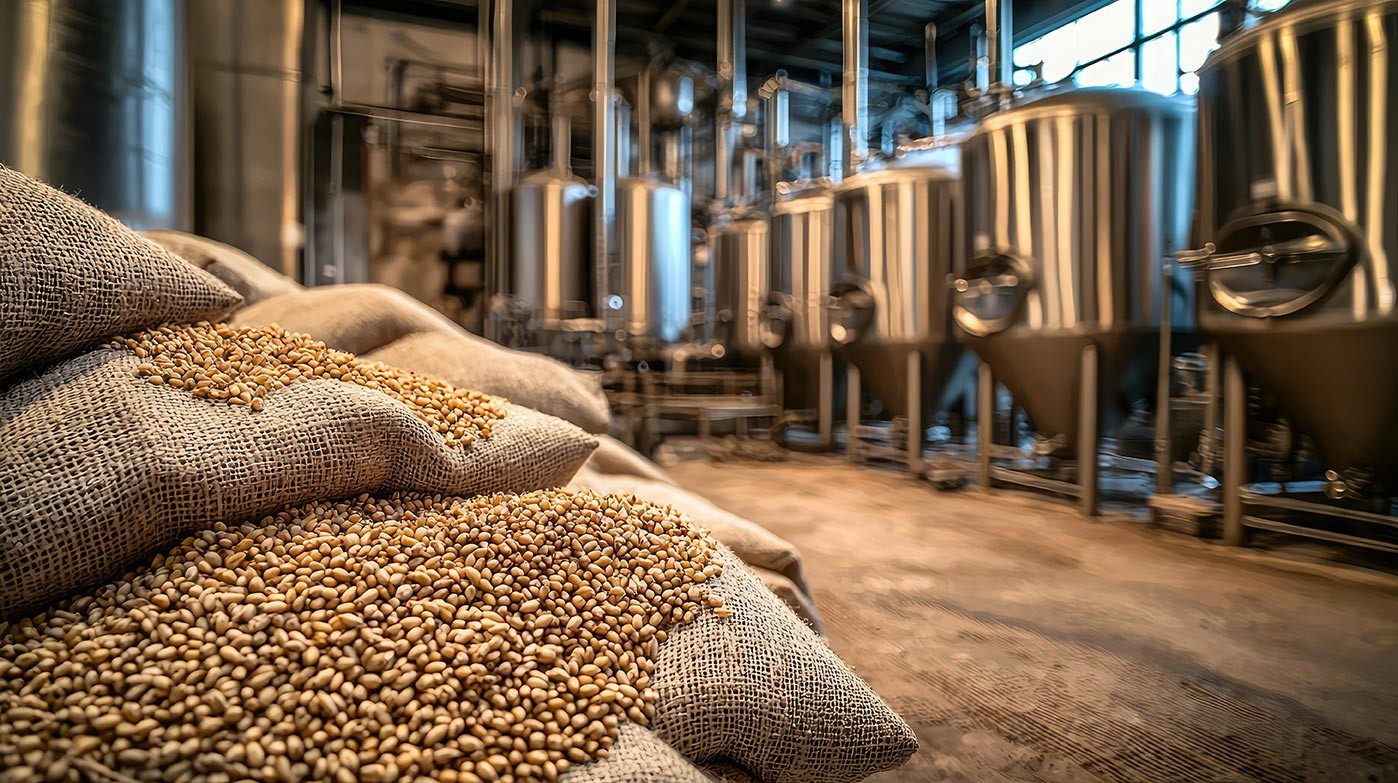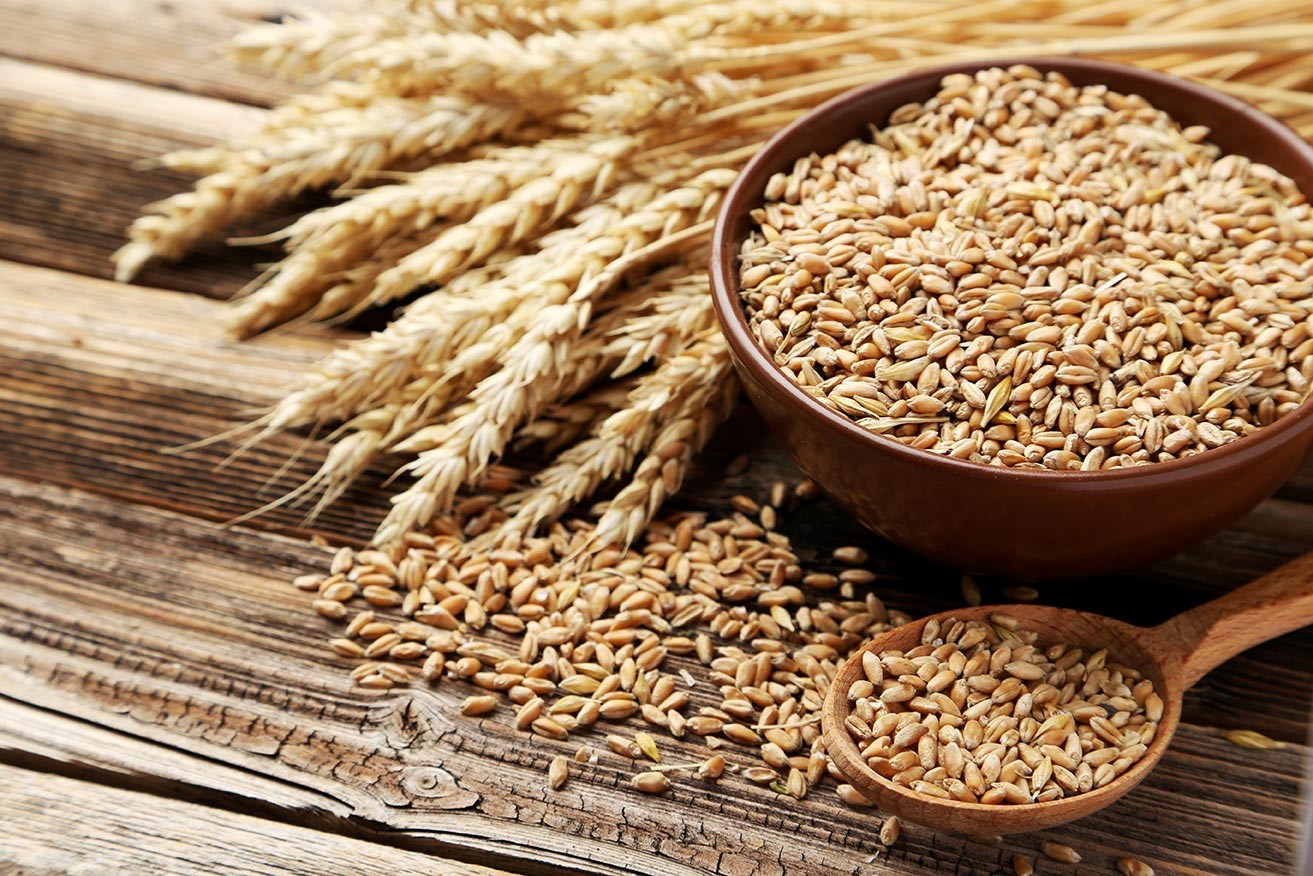
The use of NIT (Near Infrared Transmission) instruments to determine the quality parameters of barley
Introduction
Barley (Hordeum vulgare) is the fourth largest cereal crop in the world. It is a versatile cereal with an important role in agriculture and food industry.
Barley is mainly used for animal feed, where it is a very common feedstuff due to its high energy content and its contribution to animal health. It is also a raw material for the production of malt, which is one of the main ingredients of beer and grain-fermented spirits (whisky, vodka). These are the two main uses of barley.
In much smaller quantities than the above two uses, barley is also milled into flour (e.g. for bread and pasta), as it is rich in fibre and minerals.
In addition, barley extracts are used in a number of products in the cosmetic and pharmaceutical industries.
In the case of barley, the protein content is a key parameter, as it influences the composition of the animal feed and the quality of the malt. Conventional chemical analytical methods for determining protein content are time-consuming and costly, and therefore rapid and non-destructive technologies such as Near Infrared Transmission (NIT) are becoming more common. Near infrared technology was described in our previous blog post (https://www.infracont.com/en/blog/application-of-nit-near-infrared-transmission-instruments-to-determine-the-quality-parameters-of-wheat), so we will not discuss it here.
Parameters and measurement characteristics that can be measured with NIR
Humidity
Moisture content is one of the most important quality parameters for barley, as too high a moisture content can reduce storage time and increase the risk of mould growth. O-H groups absorb light in certain bands of the near infrared spectrum. With proper calibration and knowledge of the light absorption rate, moisture content can be determined quickly and accurately, and there is a high correlation between laboratory results and NIR results.
NIR measurement range: ~9-20%
Expected NIR measurement accuracy: maximum variance ~0,2% (the variance of the instrument-estimated result compared to the reference result measured in the laboratory)
Reference laboratory method: drying oven
Protein
N-H groups absorb light in certain bands of the near infrared spectrum. As with wheat, the protein content of barley can be determined quickly and accurately by appropriate calibration using the light absorption rate, so it is essentially a nitrogen content measurement. The protein content of barley is the measured total nitrogen content expressed as a percentage of dry matter, multiplied by 6,25. Since it is a "direct" measurement, there is a high correlation between the laboratory results and the NIR results.
NIR measurement range: ~7-18%
Expected NIR measurement accuracy: maximum ~0.3-0.35% standard deviation
Reference laboratory method: Kjelhdal (wet destruction) or Dumas (burning) method
The protein content of barley is closely related to the nitrogen content of the soil. You can read about this relationship in the blog post on the NIR analysis of wheat.
The user requirements for protein content are completely different for feed and malting barley:
- for feed barley, a high protein content is desirable for its higher nutritional value, while
- malting barley has a lower protein content than feed barley, but the optimal protein content is between 9.5-11.5%, depending on the production technology.
For malting purposes, spring barley is generally used, mainly from the two-row barley varieties, while for feed purposes, autumn barley is generally used, with the majority of varieties being six-row and multi-row barley. (But there are also two-row feed varieties and six-row malting barley.)
From a NIR point of view, it is worth measuring the protein content of spring and autumn barley with separate calibrations, because NIR instruments "see" the two groups slightly differently. This usually just means a shift in protein content, i.e. the protein calibration for winter barley will measure slightly below or above the spring barley, and vice versa. (In North America, separate calibrations are used for two-row and six-row barley for the same reason, but these are basically the same as the European spring and winter barley calibrations.)
Hectolitre weight
Hectolitre weight is not measured by infrared spectroscopy but by an independent, built-in specific gravity module. The module measures the weight of a sample of wheat of a given volume using a built-in weighing cell, from which the instrument calculates the result.
Measuring range: 58-76 kg/hl
Expected accuracy: maximum variation ~ 0,7 kg/hl
Reference laboratory method: chondrometer
In the case of barley, the hectolitre weight is a very important parameter, which indicates the density of the grain. The higher the hectolitre weight, the higher the density,
- the higher the starch content of the grain,
- the less debris and impurities,
- the lower the proportion of empty grains, so that the proportion of germinable grains suitable for malting is higher,
- and the better it can withstand storage, the less prone it is to spoilage or mould.
Parameters that cannot be measured with NIR spectroscopy or with insufficient accuracy
The following parameters cannot be measured with NIR:
- Starch content: low correlation between NIR results and laboratory results, not measurable by NIR. (If it is absolutely necessary to know, it is usually determined indirectly by estimation based on the amount of well-measured components.)
- Clarity (amount of foreign matter, percentage of broken, contaminated grains, etc.)
- Toxins
- Classification
- Germination
Summary
The NIT instruments allow rapid and non-destructive measurement of the three most important quality parameters of barley: moisture content, protein content and hectolitre weight. The advantage of this method is that a large number of samples can be analysed in a short time and it is easy to separate lots suitable for malting and for feeding. NIR measurements show a high correlation with laboratory results. Other parameters such as germination capacity or purity cannot be measured by NIR spectroscopy.

